The United States of America is the most popular destination for international students. Students receive a first-class education, a cosmopolitan environment and lucrative employment opportunities after completing their academic programmes.
US Education: Benefits & return on investment
Over the years, the US has attracted international students to receive world-class education on its campuses. The students at American Universities engage with the American culture, contribute to the economy and create an ensuing connection with their American and global peers. Apart from getting a good learning experience, the system may ensure a form of soft diplomacy for the country. The long-term benefit is personal and professional development. The other facet which needs to be considered is the cost of studying in America. A US education can cost anywhere from $45,000 – 85,000 per year. Some private universities cost more than $50,000 per year only towards the tuition fee. The accrued costs of accommodation, travel, visa fee, food or even books need a separate budget. However, the real return on investment (ROI) is calculated in placement, measured by the college’s average salary and placement success rate.
Living the American dream
Scores of international students wish to live the American dream. The United States receives students from all across the world, with Indian students forming the second-largest nationality studying in the US, second only to Chinese students. In addition, approximately 63% of all international students studying in the US receive most of their funds from family sources. Thus, most students pursue their education abroad at significant personal costs. With so much to consider, choosing or even contemplating an education in the US is complicated. A thorough understanding of the pro and cons of American education is necessary to reach a practical decision.

Pros of studying in the US
There are numerous benefits of pursuing an American education. The most relevant benefits are as follows
Degrees from the United States have a high worldwide reputation
The US has some of the best universities in the world. American educational institutions follow strict practices to maintain high academic standards and provide excellent education to their students. Moreover, these institutions have a stellar reputation and are known for shaping capable minds and careers.
American colleges are cultural melting pots
The US is a melting pot of various cultures, races and ethnicities. College students from diverse regions make student life a rich and stimulating instructional experience. Growing amid variety will offer opportunities for robust character development. Irrespective of the college, there are several opportunities to experience new cultural stories and the American manner of existence. Students are encouraged to embrace and open themselves to new thoughts and people.
American institutions provide a diverse academic atmosphere
American universities and colleges offer a large selection of courses and programs, and you can freely choose the content and structure of the system. For instance, students can choose courses in general areas of study like literature, art history and philosophy rather than a specialised field when pursuing a degree in liberal arts. These programmes prepare students with broad skills and develop their ability to think and communicate clearly. Moreover, these courses are diverse and allow a variety of disciplines to choose from.
Cons of studying in the US
A few challenges to overcome while chasing the American dream are:-
Tuition charges
An elite American education comes at a significantly high cost. College expenses in the United States are among the highest globally, ranging from $50,000 to $95,000 per year. Tuition charges, however, must be understood in the context of private and public colleges. The government supports public universities, whereas private institutions rely more on fees and endowments. Private schools, though sometimes more expensive, may provide considerable financial help.
Federal financial aid is available to students at both public and private universities. Due to their enormous endowments, private universities frequently have more money available to provide grants and scholarships. Furthermore, they usually offer more considerable tuition savings than public institutions.
Complex admission process
Applying to universities in the United States is more complex than in other countries. Students must display exceptional academic scores to be admitted to the best universities. They must be intellectually and socially active, for example, engagement in community events, volunteering in social work, science projects, art projects, etc. Universities typically consider all-rounders since they demand students who engage in various events and contests.
Another consideration is the requirement to provide standardised exams. To be eligible for their programmes, most institutions in the United States need you to take one or more entrance examinations such as the SAT, ACT, GRE, MCAT, LSAT, TOEFL, etc.
Employment and social benefits
The main disadvantage of studying in the United States is the limited ability to benefit from social security, medical care, or other benefits that the government offers US citizens. Each university has its system for students seeking medical care, with different standards and services. Smaller universities may offer only primary general medical care, while other top universities may offer complete packages or various medical services. In either case, students must sign their university’s health insurance. However, students need to be aware that the United States does not offer socialised health care and treatment is very expensive compared to other countries. The work opportunities are also limited and are managed by an international F1 student work visa.
Changes within the institutional landscape
Higher schooling establishments within the US face significant opposition from different global components, including the UK, Australia and Canada. Reduced scholarship programs, confined visa and immigration policies, and the negligible availability of post-study opportunities adversely affect US institutions. In the dynamic schooling scenario, the structures are maturing globally, wherein greater equitable engagement is preferred. International pupil mobility will widen possibilities for study collaborations and educational transactions.
However, despite the high tuition prices and the bureaucratic procedure, the US education system provides numerous opportunities for personal, professional, and academic progress recognised internationally. The system values individuality and promotes self-sufficiency, drawing highly qualified individuals. Despite its host of drawbacks, the school system in the United States allows for cultural integration in an environment where differences are embraced and students live as a global community. Thus, an education in the US is a worthwhile pursuit.

